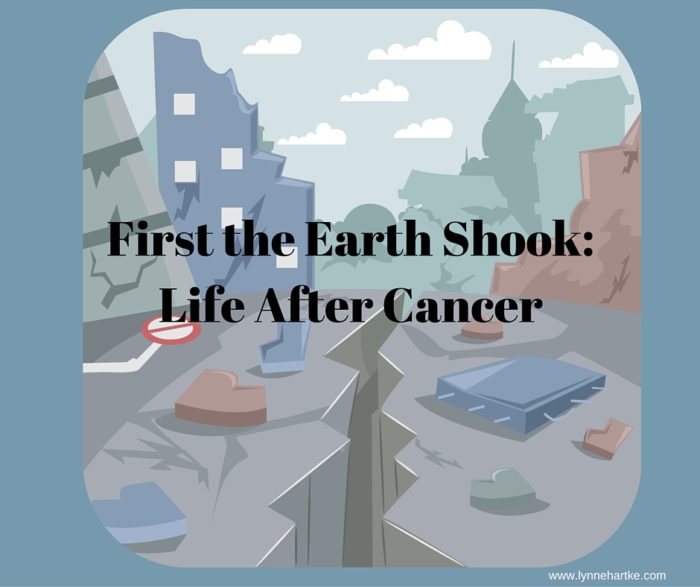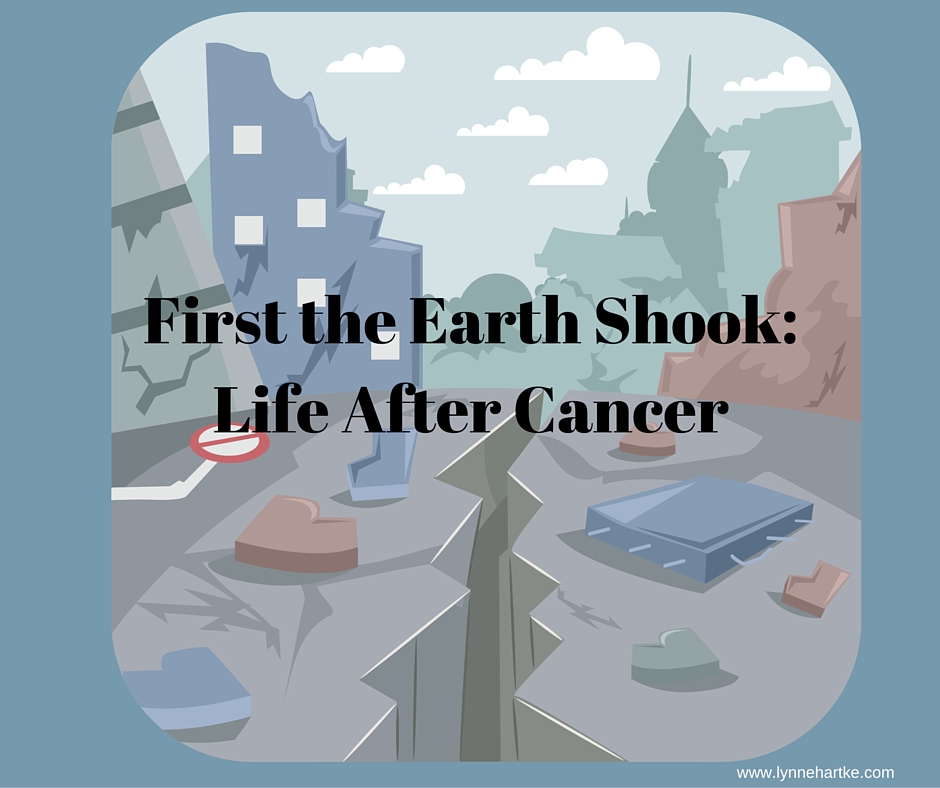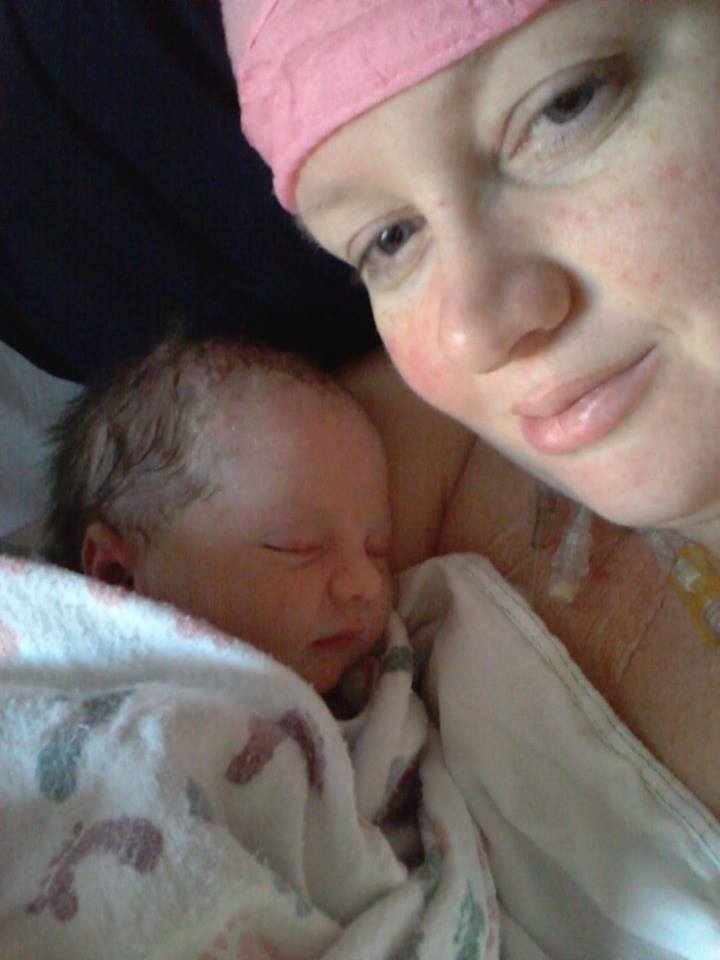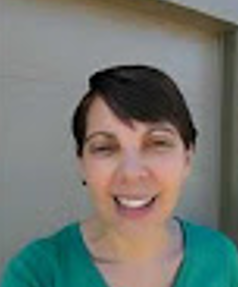For every cancer survivor, first the ground shakes. Then the tsunami comes. The only difference is the number of waves. Physical losses. Relationship Challenges. Emotional Upheaval. It’s a wonder we don’t drown in it all. A 5-part series by blogger and 7-year breast cancer survivor, Lynne Hartke: Life After Cancer.
by Lynne Hartke
“Whomever reads a map,
explores a place with their mind.”
The words are displayed next to two maps at the Visitors’ Center in Paracas, a small fishing community on the coastline of Peru. The exhibit implied that Paracas can be best understood after studying the two maps. The topographical map showed the elevation changes of a desert plain. The nautical map showed a community affected by its location to the sea.
I smiled when I read the words because I have never been good at maps. I am directionally-challenged. At our hostel, the night before, I had taken three wrong turns to find the kitchen. Maps confuse me. As I stared at the maps on the wall, Juan Carlos, our tour guide, motioned us to move on to the next exhibit.
Vamanos amigos. Come this way, friends.
Juan Carlos had greeted us in the lobby of the hostel at 8:00 that morning. Our first item of the day had been a boat tour of Ballestas Islands, seeing the Humboldt penguins, Peruvian boobies, Guanay cormorants and the biggest colony of sea lions in the Pacific. We had passed fisherman on the water, part of the workforce that collects the largest anchovy harvest of anywhere else in the world.
After the Visitor’s Center, Juan Carlos narrated our land tour of the National Reserve of Paracas. He kept a running dialog as we drove along the coastline of an arid desert that receives only 2 mm of rain a year, an area known for its dust storms.
Even the name speaks of dryness: Paracas. The Quechuan word for sand rain.
The place where it rains sand. We drove on packed dirt roads through the sand dunes. Near the end of the tour, Juan Carlos escorted us to a small community in a secluded bay. Rather than taking a direct route, the van swung wide, on a detour through the desert.
“This is where the tsunami came,” Juan Carlos said. His voice dropped low. “After the 2007 earthquake.”
I was ashamed to admit I knew nothing of the day when the foundations of Juan Carlos’ world had shaken. When the scale had measured 8.0 in the neighboring village of Pisco, where people had died when buildings had fallen and the cathedral had collapsed in the square at 6:40 pm on August 15th.
“Pisco had the earthquake,” Juan Carlos said. He removed his glasses and wiped them on his mustard-yellow sweatshirt. He cleared his throat. “Paracas, the tsunami.” Three waves measuring 9 meters in height. The sea that fed a community had suddenly become a deadly killer.
“What did you do?” someone asked.
“After the quake,” Juan Carlos said, “I took my family and ran.”
He ran. Juan Carlos ran.
He ran to higher ground, to a desert that rains only sand. Away from the sea and the water that pursued him.
“600 dead,” he said. His eyes focused on the desert and I wondered what he saw, what memories haunted him.
And in that moment I knew that a map would only allow me to explore a place in my mind, but it was the people who lived there that allowed me to explore a place with my heart, because I have never fled from a tsunami, but I have known what it is like to have a world collapse and the foundations crumble and to wonder if I would drown in the overwhelmedness of it all.
And you have too.
When cancer came, the earth shook. Walls wobbled. Some dishes broke. The life you built swayed and you may have even lost some supporting walls. But you figured out the new rhythm. You wrote down treatment dates on your calendar. You bought a wig. You did some research. You thought, “I can do this.”
But you found yourself peering over your shoulder because you kept hearing something in the distance. And when you saw the water, you ran.
You ran.
For every cancer patient, first the ground shakes. And then the tsunami comes. The only difference is in the number of waves. One wave? Two waves? Three waves?
Bam. Bam. Bam.
I could write about the earthquake of cancer. I could write about the tsunami. But this is a series on Life After Cancer so I’m writing about the day the ground quits shaking and the water recedes.
I am writing for the day you hear the words, “You are done with treatment.” You wave goodbye to the medical staff, head out the door, thankful you kicked cancer in the teeth.
But this is the lesson no map will teach us.
Nobody told you that you would keep looking over your shoulder for the next earthquake. For another tsunami. Nobody told you that every little ground tremor would send you stumbling for cover.
Nobody told you that when the water receded, you would be left to deal with all that had shaken and all that had washed away.
Nobody told you that you would take out a map of your life and you would swear it is upside down or something, because you wouldn’t be able to figure out where you are.
It turns out that finishing treatment was only part of the journey. Now you must figure out life after treatment, life after cancer.
But hang in there. Don’t despair. Because I found hope in that little fishing village by the sea where the ground shook and the tsunami came. Not once. Not twice. But in three waves.
Some of you have known the three waves.
In that little village, I discovered hope. Here’s why:
Juan Carlos ran. You read it here and I heard it from his own lips. He ran when the earth shook and when the waters came. And I have run. And you have run. And the story could end there. But it doesn’t.
Because all day long on that day several summers ago, Juan Carlos showed me evidence of a community that had rebuilt after the unthinkable. He came back and others came back.
When foundations crumble, it is not so important to know which way is north, but it is imperative to know the way back home, even if it is a home you don’t recognize anymore, even if you find yourself a stranger in your own skin.
“I lost who I thought I was,” Carolyn wrote to tell me, after finishing cancer treatment over two years ago. “[The body I knew] felt like a stranger to me,” admitted Tina, who also finished treatment about two years ago.
Carolyn and Tina are part of a group who have given me permission to tell pieces of their stories as we all look at this map called Life After Cancer and navigate our way back home.
Are you in the earthquake? The tsunami? Are you trying to find your way home?
In the weeks ahead we will be looking at the physical losses from cancer. The emotional upheaval. The spiritual changes. The relationship challenges.
Please join us.
When you go through deep waters, I will be with you. Isaiah 43:2




Beautifully written! I’m looking forward to the next installments.